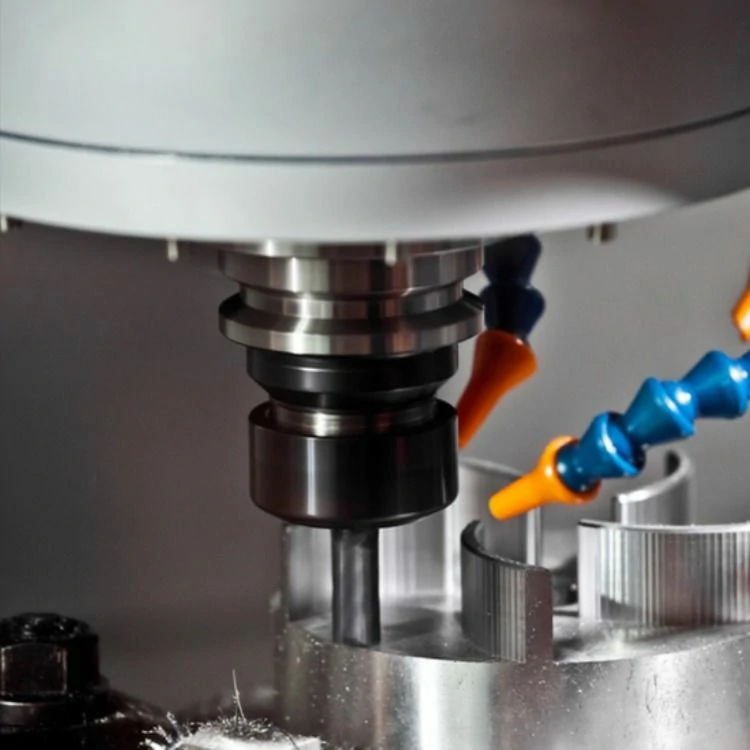Feed rates and cutting speeds in machining play a crucial role in determining the efficiency and quality of the machining process. Machining refers to the process of removing excess material from a workpiece to obtain the desired shape and dimensions. It is widely used in various industries such as automotive, aerospace, and manufacturing. The proper selection of feed rates and cutting speeds is essential for achieving optimal machining results.
Feed rate refers to the speed at which the cutting tool moves along the workpiece. It is usually measured in units of distance per revolution, such as inches per minute or millimeters per revolution. The feed rate directly affects the material removal rate and the surface finish of the machined part. A higher feed rate leads to a faster material removal but may result in rougher surface finish and increased cutting forces. On the other hand, a lower feed rate produces a smoother surface finish but reduces the material removal rate.
Cutting speed, also known as surface speed, is the relative velocity between the cutting tool and the workpiece surface. It is typically measured in units of surface feet per minute (SFPM) or meters per minute (m/min). The cutting speed determines the rate at which the cutting edge of the tool contacts the workpiece material. Higher cutting speeds result in a higher temperature at the tool-workpiece interface, leading to increased tool wear and shorter tool life. Conversely, lower cutting speeds reduce the temperature and extend tool life but may result in slower material removal rates.
The selection of suitable feed rates and cutting speeds depends on several factors, including the material being machined, tool geometry, machine capabilities, and desired surface finish. Harder materials generally require lower feed rates and cutting speeds to reduce tool wear. Softer materials, on the other hand, can tolerate higher feed rates and cutting speeds. Tool geometry, such as the number of flutes, rake angle, and helix angle, also influences the optimal feed and speed combinations.
Machine capabilities, including spindle speed and power, also play a crucial role in determining the feed rates and cutting speeds. Machines with higher spindle speeds and power can handle higher feed rates and cutting speeds. However, it is essential to ensure that the machine’s stability and rigidity can withstand the increased forces generated during high-speed machining. Moreover, the desired surface finish must be considered when selecting the optimal feed rates and cutting speeds. Smoother surface finishes generally require lower feed rates and cutting speeds.
In modern machining, computer numerical control (CNC) technology is widely used to automate the machining process and optimize feed rates and cutting speeds. CNC machines allow for precise control of feed rates and cutting speeds, ensuring consistent and accurate machining results. Additionally, advanced software and simulation tools are available to analyze the machining process and recommend optimal feed and speed parameters based on the specific machining requirements.
In conclusion, feed rates and cutting speeds are essential parameters in machining operations. The selection of appropriate feed rates and cutting speeds is critical to achieving efficient material removal and obtaining the desired surface finish. Factors such as material properties, tool geometry, machine capabilities, and desired surface finish should be considered when determining the optimal feed rates and cutting speeds. With the advancements in CNC technology and simulation tools, machinists can now optimize these parameters to improve productivity and quality in the machining process.
.webp)



